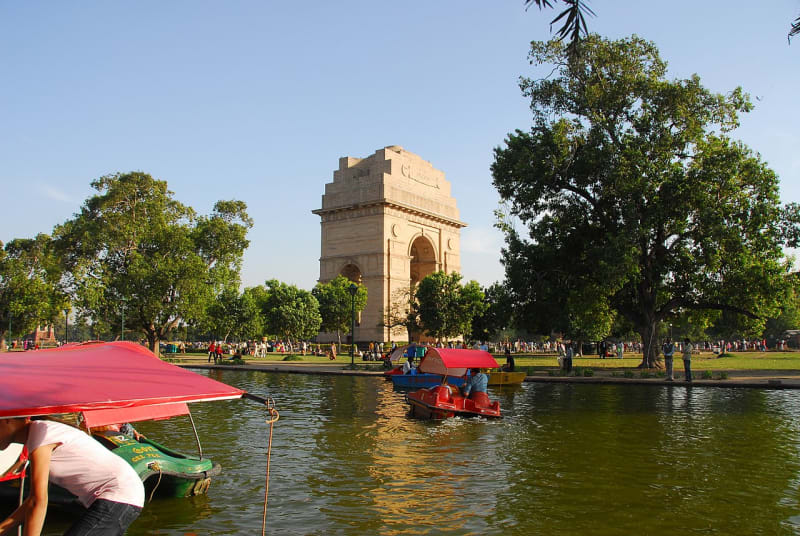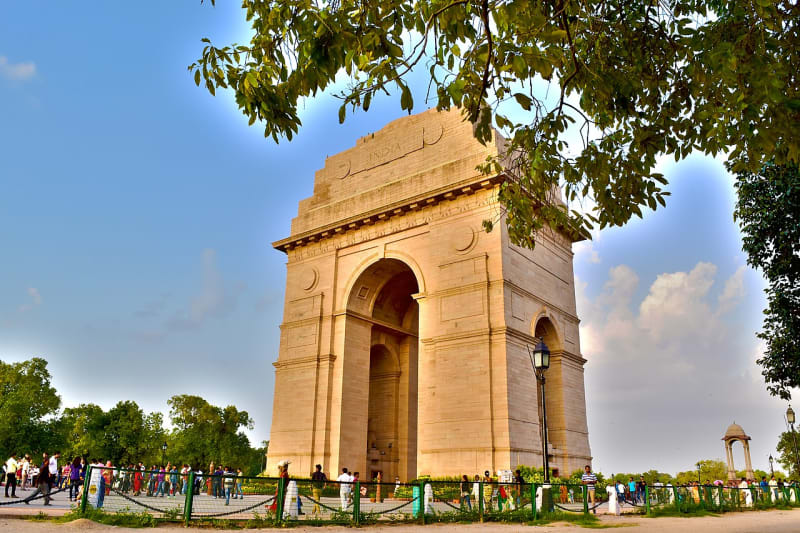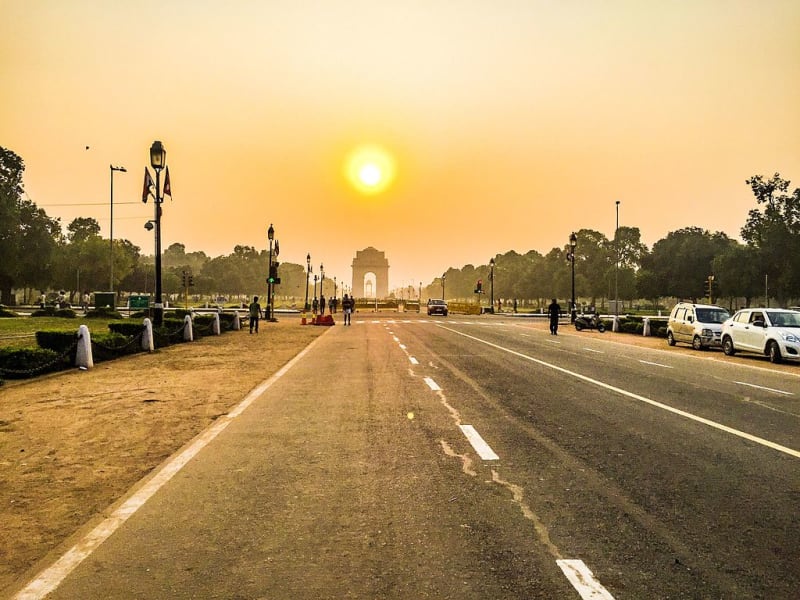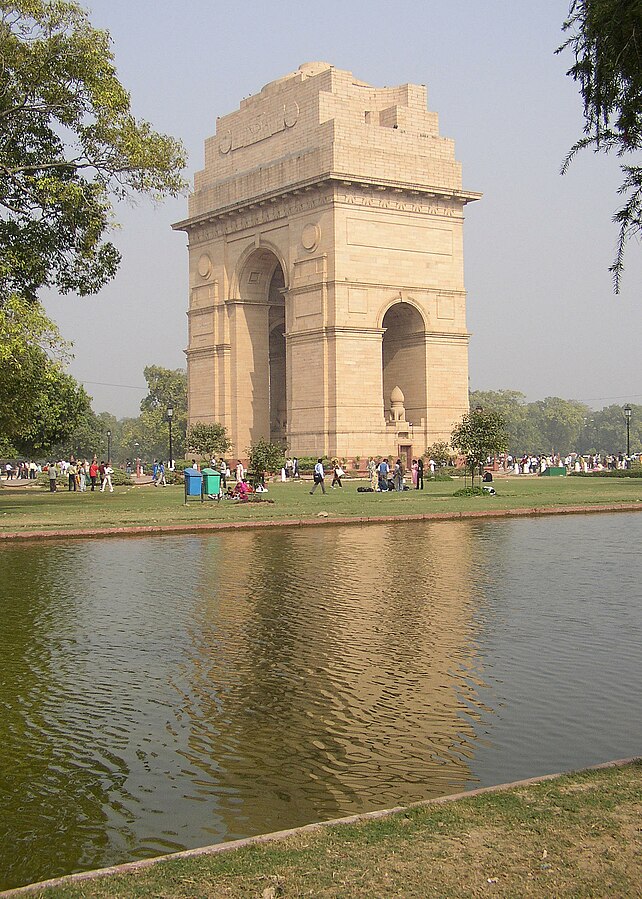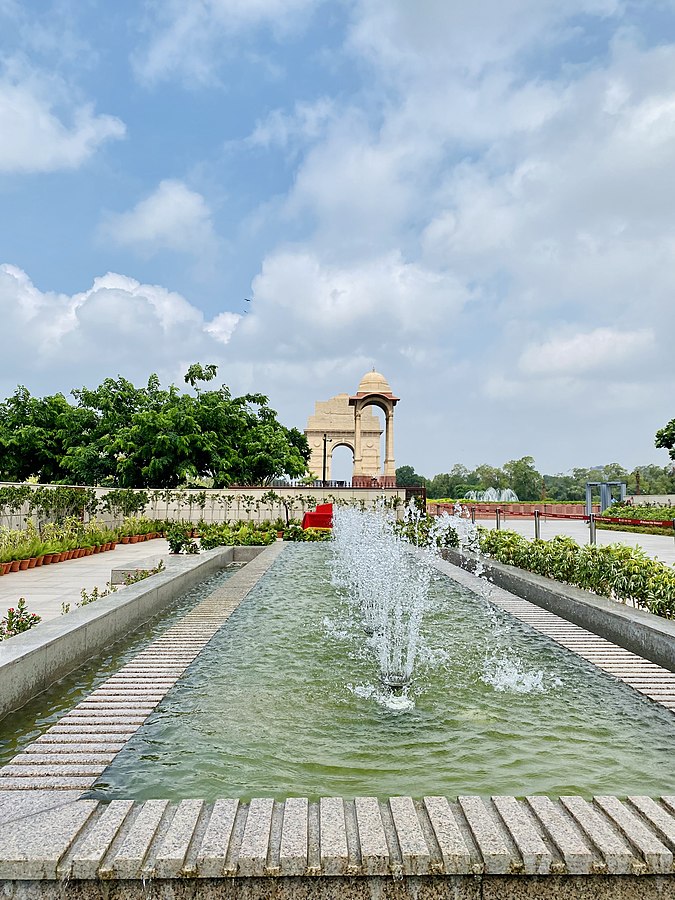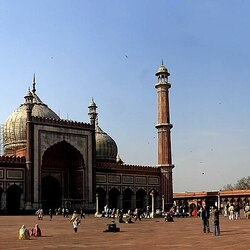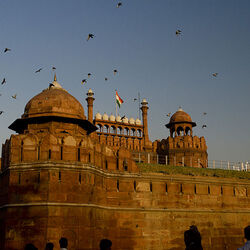Gateway of India
In the Indian capital of New Delhi, the India Gate rises above Rajpath Avenue, a more than 40-meter stone arch created in memory of 90,000 Indian soldiers who lost their lives in military conflicts of the 19th and early 20th centuries.
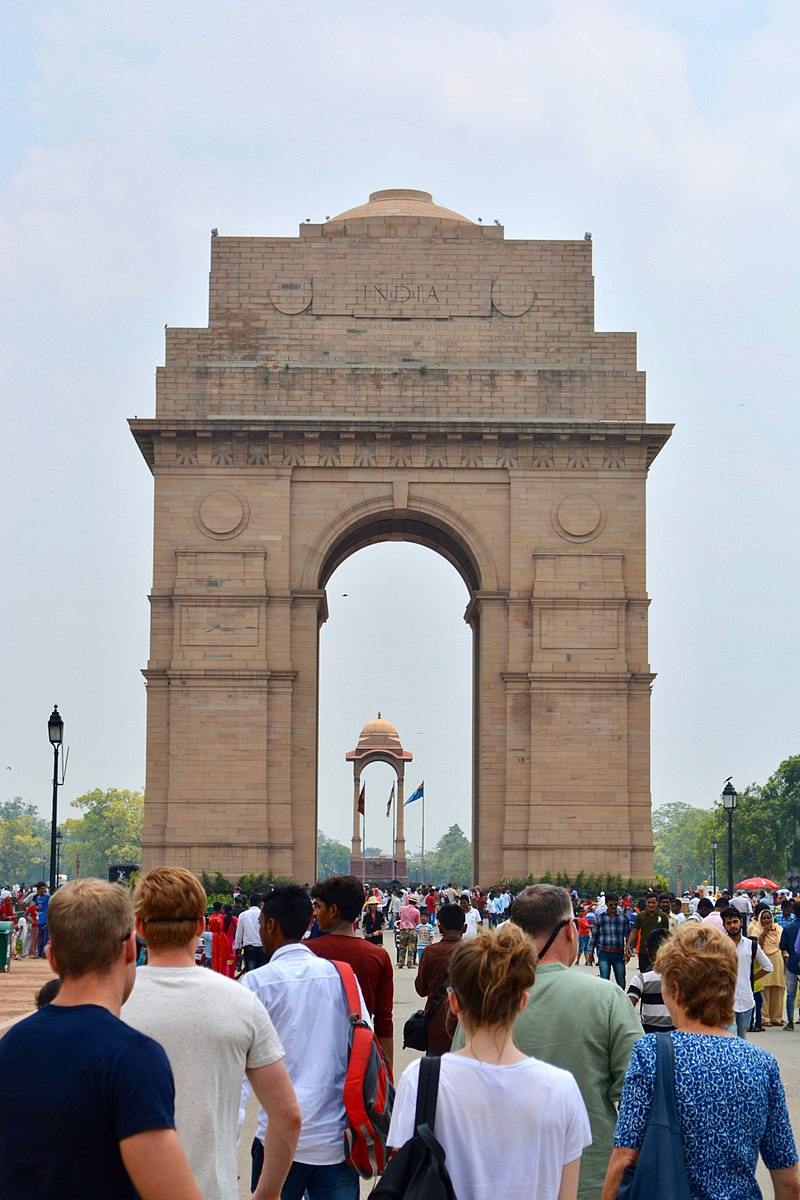
Wars in which Indian soldiers died
Three Anglo-Afghan conflicts
- 1838-1842;
- 1878-1880;
- 1919.
By the 19th century, India was de facto, and since 1858, de jure, a British colony. Britain has traditionally competed with the Russian Empire in Asia. Russia expanded in this direction from the north, England from the south. Recalcitrant Afghanistan fiercely resisted foreign influence and steadfastly maintained its independence. It was then that England began military operations against the obstinate state from the territory of India. Indian soldiers were also drafted into the colonial British army, many of whom actually laid down their lives for the interests of a foreign country.
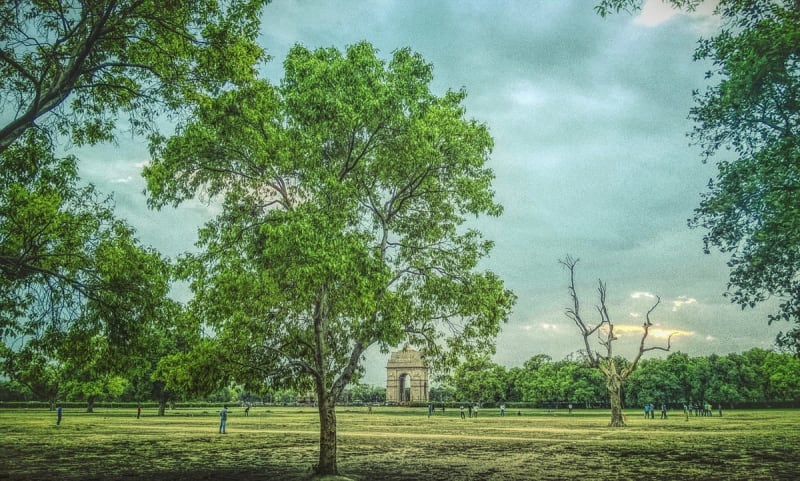
The First World War of 1914-1918
The First World War began due to the clash of colonial interests and the division of markets between Great Britain and Germany. Great Britain was called the empire in which the sun never sets. Young Germany, which was in a state of fragmentation until the end of the 19th century, unexpectedly began to develop economically and militarily quickly. The British Empire was not going to cede its colonies to a young upstart. Both states sought war, which quickly became global in scale. Indian citizens were conscripted into the army to fight for the interests of Great Britain.
Architecture of the Gateway of India monument
The author of the project is the renowned British architect Sir Edwin Lancer Lachens, a proponent of neoclassicism in architecture. After the end of the World War, memorials and triumphal arches began to occupy the main place in Lachens' work. India Gate is one of the most famous projects. The monument was inaugurated in 1931. More than 90,000 names of deceased Indian citizens are carved on the arch, which was built using the best Bharatpur stone. The dome of the arch is made in the form of a vessel, according to the architect's idea, an eternal flame was supposed to burn there. Eventually, it was placed at the base of the monument.
In the evening, the Gates are effectively illuminated, it is better to visit them at sunset.
In 1971, at the initiative of Prime Minister Indira Gandhi, the Grave of the Unknown Soldier was opened next to the Gate.
Nearby there is a dome on four columns, also created by Lachens. Initially, there was a statue of the English monarch George V. After India gained independence, the king was removed. Currently, the issue of placing a monument to Indira Gandhi, who died at the hands of a terrorist, is being discussed here.
There is a large and beautiful park at the Gates of India, which is very popular with residents and visitors of the Indian capital.
